
Three Basic Facts about the Climate
Today everyone knows (or certainly should know) that the Earth is warming, that humans are the cause, and that this warming is changing our planet’s climate in a way that threatens life as we now find it.
This warming is already causing dangerous consequences for people – extreme weather, floods, droughts and wildfires, and persistent temperatures beyond human endurance. And changes to the environment are beginning that are bad for nature but will eventually affect people too, such as melting of glaciers and changes to the chemistry of the oceans.
But understanding the details of climate change can be difficult, partly because of the different ways energy and greenhouse gases are described – for example, how many cars might be taken off the road, or what amount of energy is used by so many households. Here are three basic, helpful-to-know facts, all presented using one single set of measurements in order to make changes easy to compare. More detailed information follows these three facts.
The First Basic Fact
Sometime before the year 2040, possibly even before 2030, the Earth’s climate will pass the first “tipping point” when the planet’s temperature will have risen by about 1.5 degrees Celsius (1.5°C). This increase is compared to the late 1800s, after the start of the Industrial Revolution. This warmer temperature will trigger some permanent and harmful changes in the world’s environment.
Realistically, though, it is already too late to prevent Earth’s reaching this tipping point. Today the Earth has already warmed 1.1°C and the temperature is increasing about 0.2°C every ten years due to the extra greenhouse gases already added to the atmosphere.
To avoid the worst outcomes, we must reduce emissions of greenhouse gases to net zero by 2050. This means reducing emissions about 1½ Gt (gigatons) per year, starting now. But today our greenhouse gas emissions, mostly carbon dioxide (CO2), are actually increasing about by 1½ Gt per year.

The Second Basic Fact
Even if we do reduce global emissions to net zero by 2050, the average temperature by 2100 will still rise by at least 2.0°C—and likely more—due to the CO2 already in the atmosphere right now. And 2.0°C is beyond the threshold of even more dangerous tipping points. So this means we must not only stop emitting greenhouse gases but also remove the excess CO2 already in the atmosphere.
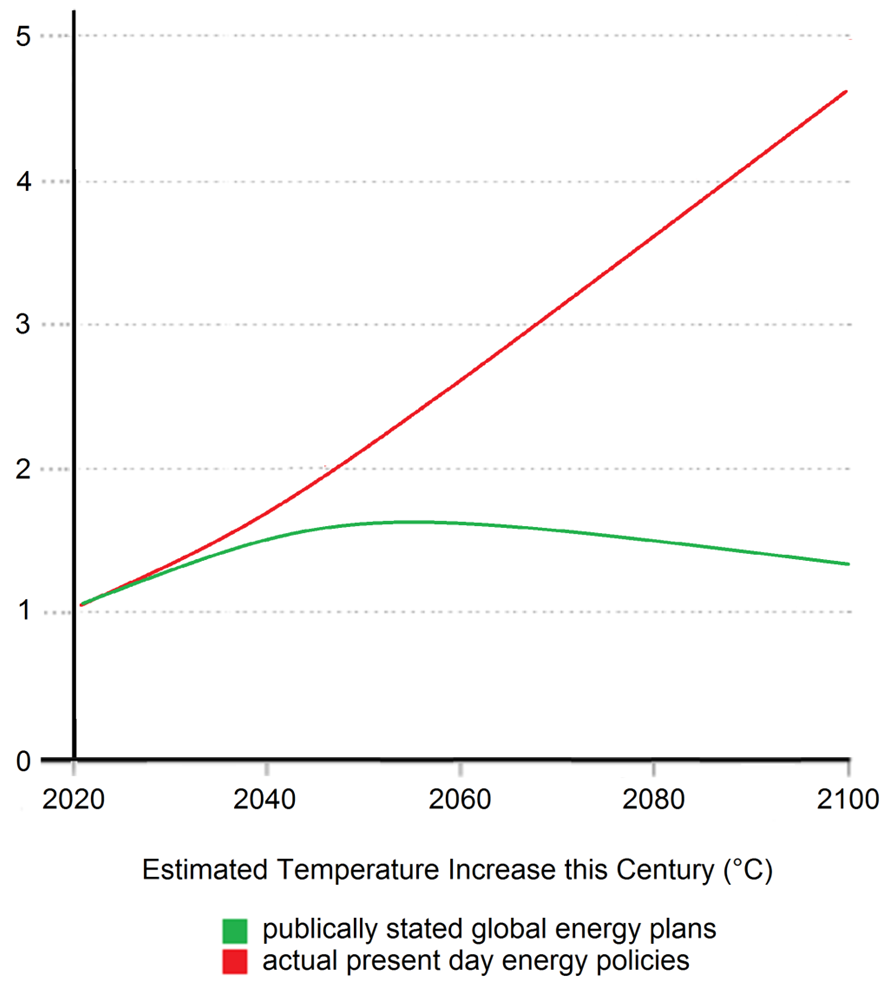
The Most Important Basic Fact
Third, and most important, it is not too late to prevent the worst outcomes from happening.
The Crisis Contains Its Solution
The danger from global warming has been increasing for many years without most people noticing. Now the threats have reached a level that’s simply impossible to ignore. Even if the climate weren’t changing, other serious threats to humanity are resulting from how we have chosen to live. As one example, large cities around the world are already dealing with the loss of clean drinking water.
But within this murky and scary future is an opportunity. To overcome these dangers, we must change from who we are into who we can be. In the coming years we will be forced to do what actually needs to be done, rather than what some of us imagine is needed according to our preconceptions. By transforming ourselves and our place on the Earth, life on this planet can become better than it has ever been. To understand these promising possibilities, we need to first understand the climate and energy situation in the 21st century, and then look more closely at the specific situations in three critical locales: China, India, and the USA.
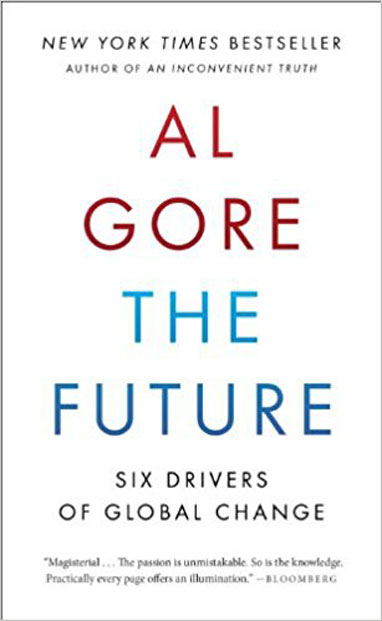
The Future
Six Drivers of Global Change
Al Gore
No period in global history resembles what humanity is about to experience. Explore the key global forces converging to create the complexity of change, our crisis of confidence in facing the options, and how we can take charge of our destiny.
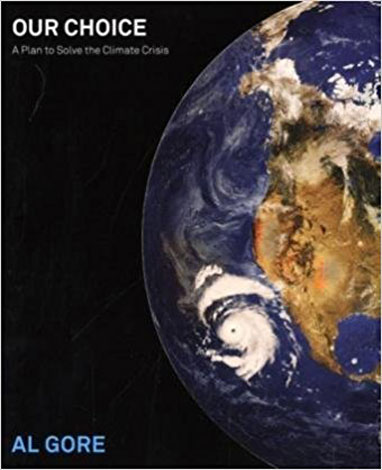
Our Choice
A Plan to Solve the Climate Crisis
Al Gore
We clearly have the tools to solve the climate crisis. The only thing missing is collective will. We must understand the science of climate change and the ways we can better generate and use energy.
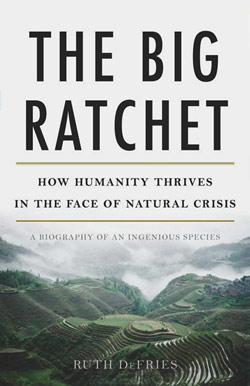
The Big Ratchet
How Humanity Thrives in the Face of Natural Crisis
Ruth DeFries
Human history can be viewed as a repeating spiral of ingenuity—ratchet (technological breakthrough), hatchet (resulting natural disaster), and pivot (inventing new solutions). Whether we can pivot effectively from the last Big Ratchet remains to be seen.
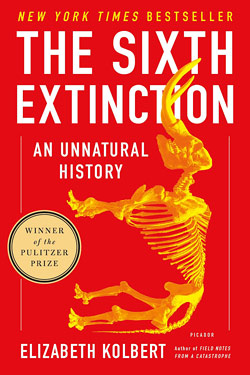
The Sixth Extinction
An Unnatural History
Elizabeth Kolbert
With all of Earth’s five mass extinctions, the climate changed faster than any species could adapt. The current extinction has the same random and rapid properties, but it’s unique in that it’s caused entirely by the actions of a single species—humans.
In the series: Our Climate Crisis
Related articles:
Further Reading »
External Stories and Videos

We can’t afford to be climate doomers
Author Rebecca Solnit tells us that experts agree that 100% renewable energy is within our reach—but we must resist defeatist attitudes.
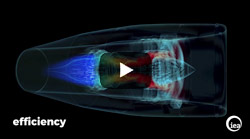
Watch: Digitalization & Energy: A new era in energy?
International Energy Agency
The IEA’s latest report, Digitalization & Energy, is the first-ever comprehensive effort to depict how digital technologies could transform the world’s energy systems.
